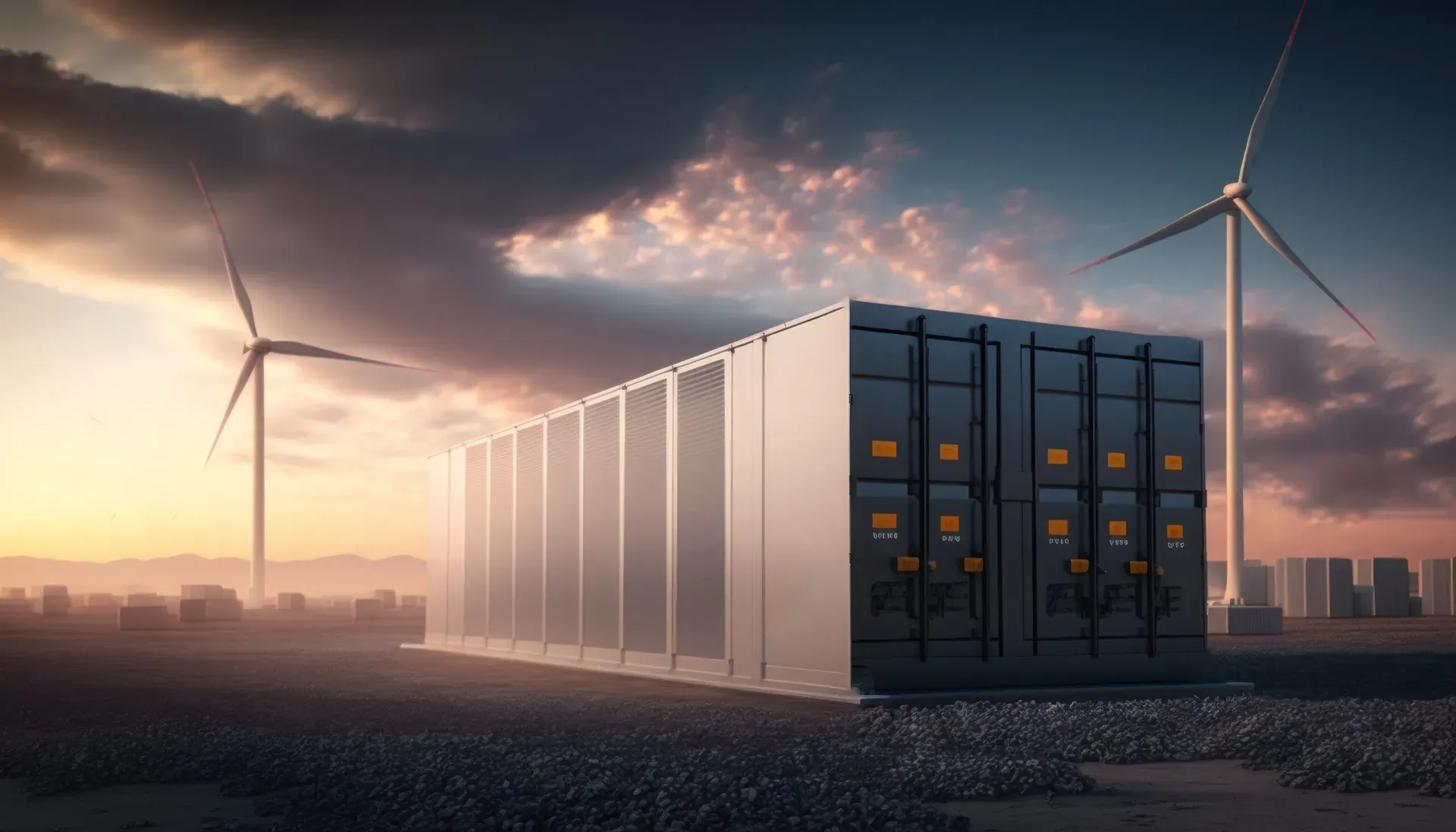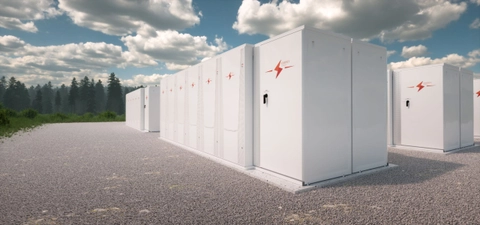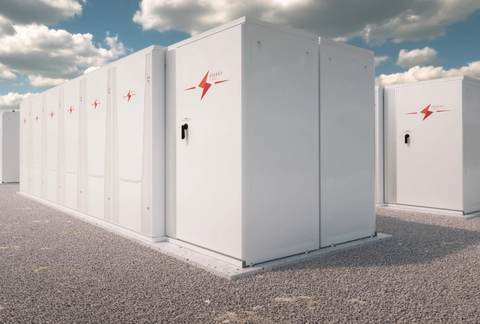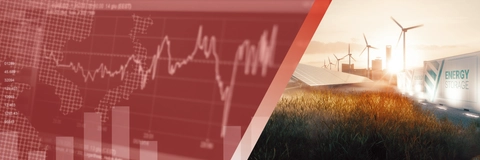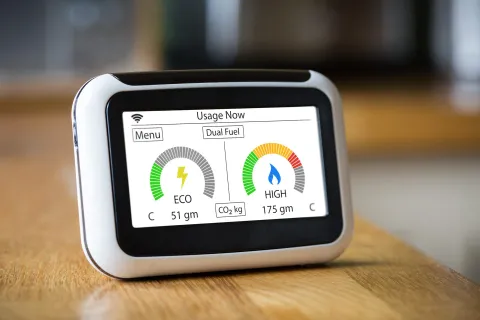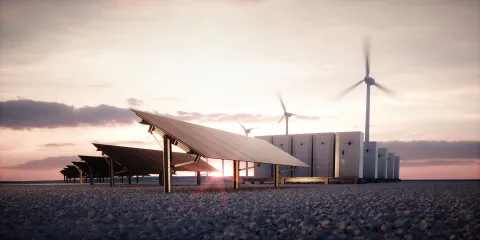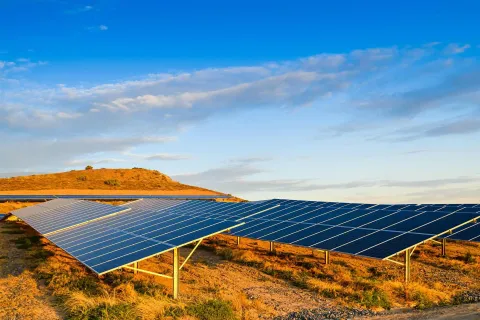In our ‘The VFF… Very Fast and Financially rewarding market so far’ Chart of the week, the two new contingency markets, the Very Fast raise contingency FCAS market and the Very Fast lower contingency FCAS, were analysed and demonstrated the high participation of big batteries along with VPPs and DERs.
In this Chart of the week, we investigate the six batteries that participated in the two new FCAS markets and the additional revenue they generated by participating in them from 10 to 20 October.
Figure 1 shows the FCAS revenues generated by six big batteries in the previous ten days since the two new markets came into play.
Figure 1**: FCAS revenues by % (10-20 October)**

Source: Cornwall Insight Australia, NEOExpress
Table 1**:** FCAS r****evenues by battery
| Battery | Total FCAS revenue |
|---|---|
| Lake Bonney | $207,947 |
| Hornsdale Power Reserve | $490,330 |
| Wallgrove BESS | $385,639 |
| Victorian Big Battery | $600,155 |
| Queanbeyan | $117,310 |
| Bulgana Green Power Hub | $145,671 |
Lake Bonney generated ~207.9k revenues with L1sec market contributing to 43% of the total revenues and R1 making ~8%.
- Wallgrove BESS earned ~385k in FCAS revenues with L1sec market as 44% in revenues and R1sec market contributing to ~6%.
- Queanbeyan BESS and Bulgana Green Power Hub made ~117k and 145k, both having a contribution from the L1sec market greater than ~40%, whereas batteries make less than 15% of revenues in the new R1sec market.
- Hornsdale Power Reserve and Victorian Big Battery participate less frequently in the L1sec and R1sec markets due to their higher registered capacity in the energy markets.
In summary, batteries that are currently enabled for the very fast markets have made a total of ~557k in revenues just from the L1sec and R1sec within a ten-day period, while the combination of L6 and R6 markets were making ~463k in comparison. With L1sec market averaging ~51$/MWh period while R1sec market averages ~15$/MWh since the commencement of the new Very Fast FCAS markets resulting in high revenues, especially in L1Sec market.
Key takeaways from analysing the data:
- Few batteries in the NEM still not participating in the new Very Fast FCAS market. The two probable reasons are either they are technical constraints for providing 1sec services or they are still in the process of registering for the two new markets.
- The massive revenue opportunity for the batteries that are registered for the very fast 1sec markets. As batteries and DERs/VPPs have high ramp-up and ramp-down rates, it allows the batteries to actively participate and bid in these new FCAS 1sec markets where older technologies like hydro and thermal generators will be unable to dive into these revenue streams.
In conclusion, the new Very Fast FCAS markets look extremely promising for battery technologies. They will also make it interesting to observe if L1/R1Sec markets are additional revenue streams or spreading the contingency markets thinner. However, patience will remain a key criterion to see if the price trend for both L1sec and R1sec markets remains on the same trajectory.
Our in-house BESS model provides battery revenue forecasting based on engineering techniques and assumptions using our vast experience, comprehensive research, and independent view of relevant areas. For more information on the BESS SIM model or other modelling products, please contact enquiries@cornwall-insight.com.au..
